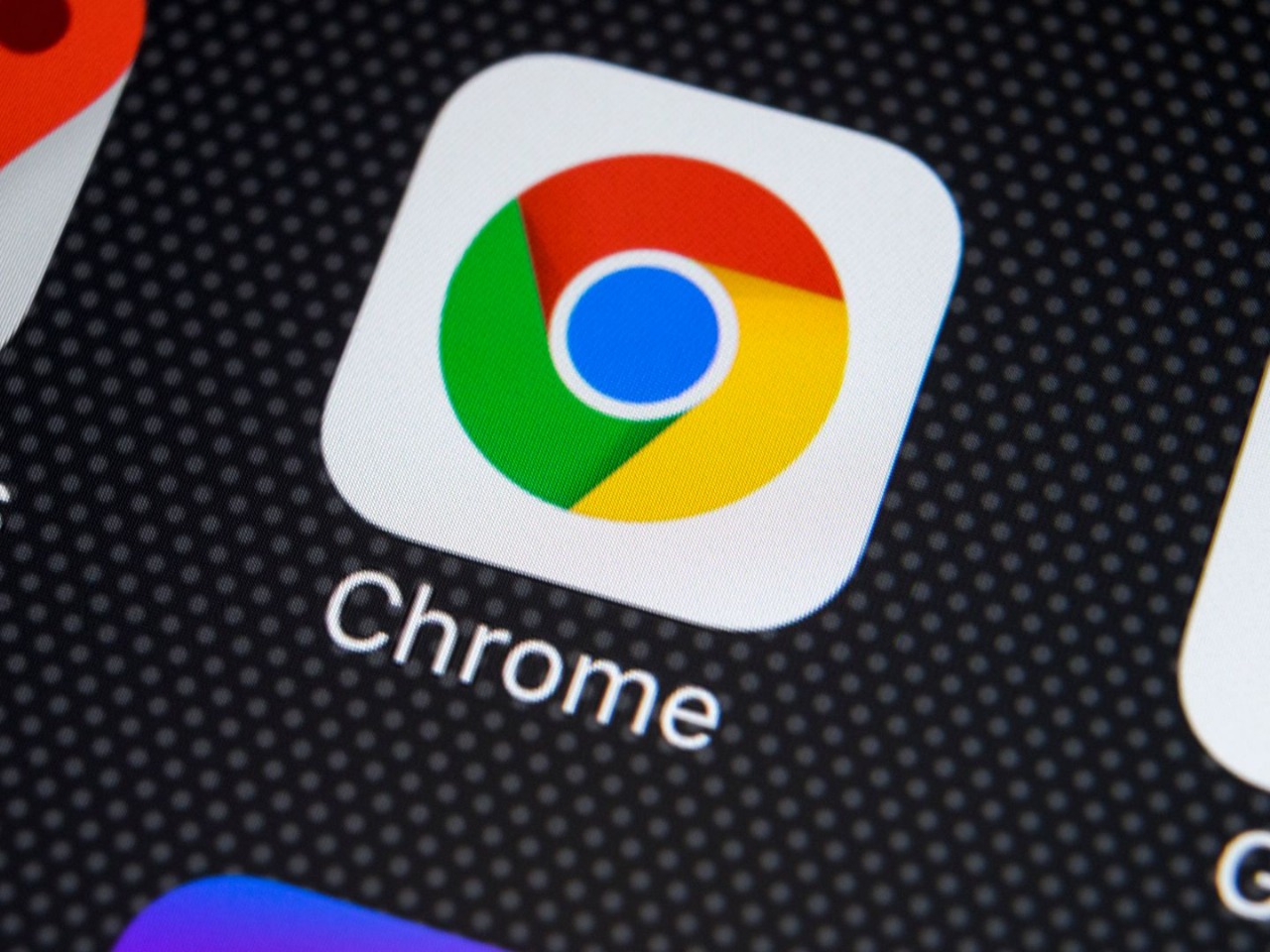Google Has Quietly Begun Rolling Out A Chrome Update For Android Users That Automatically Blocks Notification Requests From Inactive Websites. The Change Aims To Reduce Disruptive Prompts And Enhance User Experience, Affecting Over 3 Billion Devices Globally Without Requiring Manual User Intervention Or App Updates.
A quiet shift with big implications
In a subtle yet significant move, Google has started implementing a silent update to its Chrome browser for Android users. The update, which does not require user action or app store downloads, is designed to reduce the barrage of notification prompts that users often receive from websites they rarely interact with.
This change is part of Google’s broader initiative to help users “cut through the noise” and reclaim control over their digital environments. The update is being rolled out gradually and is expected to reach billions of Android devices worldwide.
How the new feature works
The core of the update lies in Chrome’s ability to automatically block notification permission requests from websites that users haven’t engaged with recently. This means that if a site hasn’t been visited or interacted with in a while, it will no longer be able to prompt users with notification requests.
Google likens this approach to its existing privacy controls that manage access to sensitive features like the camera and microphone. The goal is to streamline the browsing experience while maintaining user privacy and reducing digital fatigue.
Key highlights:
- Google rolls out silent Chrome update for Android users
- Automatically blocks notification prompts from inactive websites
- Aims to reduce digital clutter and improve user experience
- No manual update or user action required
- Part of broader privacy and usability enhancements in Chrome
What users can expect
While the update is largely invisible, users may notice a significant drop in unwanted notification requests. This could lead to a cleaner, more focused browsing experience, especially for those who frequently visit news or e-commerce sites that rely on push alerts.
Google has not disclosed a specific timeline for the full rollout but confirmed that the feature is already live for many users. The update is also expected to extend to desktop versions of Chrome in the near future.
Sources: Forbes, The News, 9to5Google

